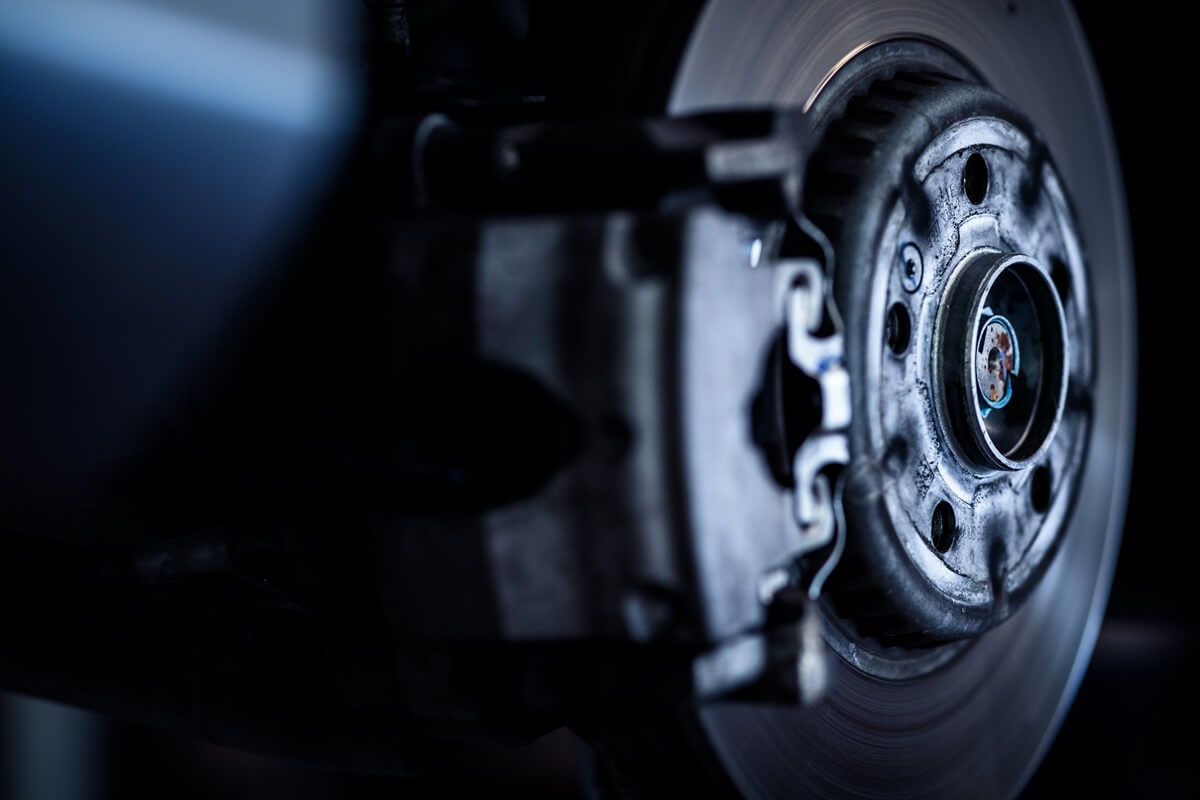Wheel alignment FAQS
A professional wheel alignment is highly recommended and has many benefits, including safe and predictable vehicle control, a smooth and comfortable ride, and optimal tyre wear and performance.
Having a wheel alignment performed ensures that your steering wheel and tyres are aligned within manufacturer specifications.

What does a wheel alignment service involve?
A wheel alignment service primarily adjusts the vehicle's suspension, not the tyres or wheels directly. Yet, the final orientation and angles of the tyres are crucial once the alignment is done.
This service usually encompasses five key measurements and modifications: caster, camber, toe, thrust, and ride height.
Caster
The caster is an imaginary line between the centres of your tyres' upper and lower ball joints. In any vehicle, the steering wheel will move on a pivot. The "caster angle" refers to the pivot's vertical angle when viewed from the side. In some cars, the caster isn’t adjustable and it plays a crucial role in high-speed stability and steering sensation.
Camber
The angle of your tyres when looking at your car from the front is called camber. Camber adjustment ensures that the tyres have maximum contact with the road and accounts for the changing forces that occur when a vehicle turns. Depending on the manufacturer's recommendations, most cars run a slight amount of camber in/out. So that, as a vehicle ‘leans’ into a corner the outside wheel will be perpendicular to the ground, providing maximum grip and safety.
Toe
Toe refers to the alignment of your front and rear tyres when looking at your vehicle from the top. Imagine looking down at your feet, toe-in refers to when the fronts of your tyres are closer together than the rear, while toe-out refers to when the fronts are farther apart. Toe is adjusted so that the tyres roll parallel to one another under normal driving conditions.
Thrust
Your mechanic will use a thrust-angle alignment if your car has a solid rear axle to make sure all four of your wheels are parallel to one another and to avoid ‘crab walking’.
Ride height
The ride height is the distance between the bottom of your car and the ground. It serves as the starting point for all alignment measures. You will need to adjust your tyres if you raise or lower the chassis of your vehicle.
What are the signs my car needs a wheel alignment?
You should consider getting your wheels aligned every time you modify your car's suspension or put on new tyres. To ensure your tyres last as long as possible, it's advisable to have a wheel alignment service annually, and don't forget to include a tyre rotation in this routine maintenance.
In addition, your car may need a wheel alignment if you notice any of the following warning signs:
- Your tyres have uneven wear
- The steering wheel trembles or vibrates at high speeds
- The car feels like it's pulling to the side.
- You ran into a curb or some roadside debris
Get your wheels aligned with Marks & Wallings
If you have noticed that your tyres seem a little off, why not contact the professionals at Marks & Wallings. We supply and fit a range of quality brands, including Bridgestone, Continental, Kumho, Maxxis, Hifly and Falken to suit most vehicles, including passenger cars, SUVs and 4WDs.
Remember when assessing your tyres to take a look at your spare tyre too. You never want to be without a reliable spare tyre!
Located at 940-946 Victoria Rd, West Ryde, we can assist you with your purchase to ensure you find the right tyre to meet your driving needs and budget.
